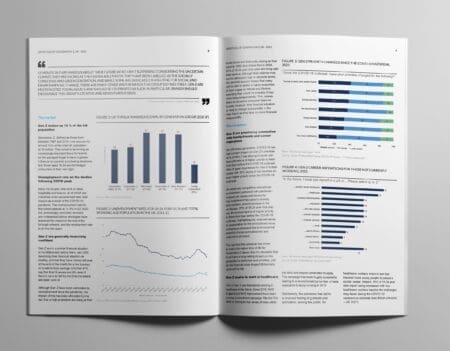Allure magazine has announced that it will no longer use the term ‘anti-ageing’ in a bid to change the way growing older is discussed. With Mintel data showing that older women do not necessarily want to hear about ageing, and the ongoing lack of representation of older models in advertising, brands and marketers can do more to connect with the older consumer.
No more anti-ageing
Allure magazine suggested that ‘anti-ageing’ terminology reinforces the perception that ageing is a condition that needs to be battled.
Indeed, data from Mintel’s Mature Beauty UK 2015 Report shows that 30% of women do not like being reminded of ageing when looking for beauty products, and whilst this declines with age, it remains high at 25% of the over-55s. Brands such as Dove Beauty and L’Oréal have attempted to reposition products for older women by using terminology such as ‘Pro-Age’ and ‘Age Perfect’; however, removing the term ‘ageing’ altogether could be a more effective way to communicate with older audiences. Older women show similar motivations for maintaining their appearance as their younger counterparts, such as using their appearance to boost confidence and wanting to appear sexy. Brands can do more to show the commonalities between age groups rather than treat older people altogether differently. Beauty bloggers and vloggers of all ages, for example, can be used to show how the same products can be used by women of all ages, shifting the focus from age to end result.
Age representation is still an issue
While in recent years beauty and fashion advertising has featured older women, such as Helen Mirren for L’Oréal and Jessica Lange for Marc Jacobs, this segment still remains largely under-represented. Both of these examples are now at least three years old and since these campaigns there have been limited initiatives to push older models in all walks of advertising and not just brand sponsorships with famous models and actresses.
In addition, both Helen Mirren and Jessica Lange are in their late 60s/early 70s. Women in the middle age group, in particular the 40-50s, remain under-represented in advertising. With the Advertising Standards Authority toughening its stance on gender stereotyping, marketers have an opportunity to re-think the way middle aged women are represented in the media.
Roshida Khanom, Associate Director, Beauty and Personal Care Analyst at Mintel, joined in 2012 and writes about the OTC, Beauty & Personal Care industries. Prior to joining Mintel, she was a Senior Researcher at Procter & Gamble’s R&D department in the beauty division, where she launched products globally, identified trends and analysed consumer responses to new innovations with a particular focus in qualitative methods





































